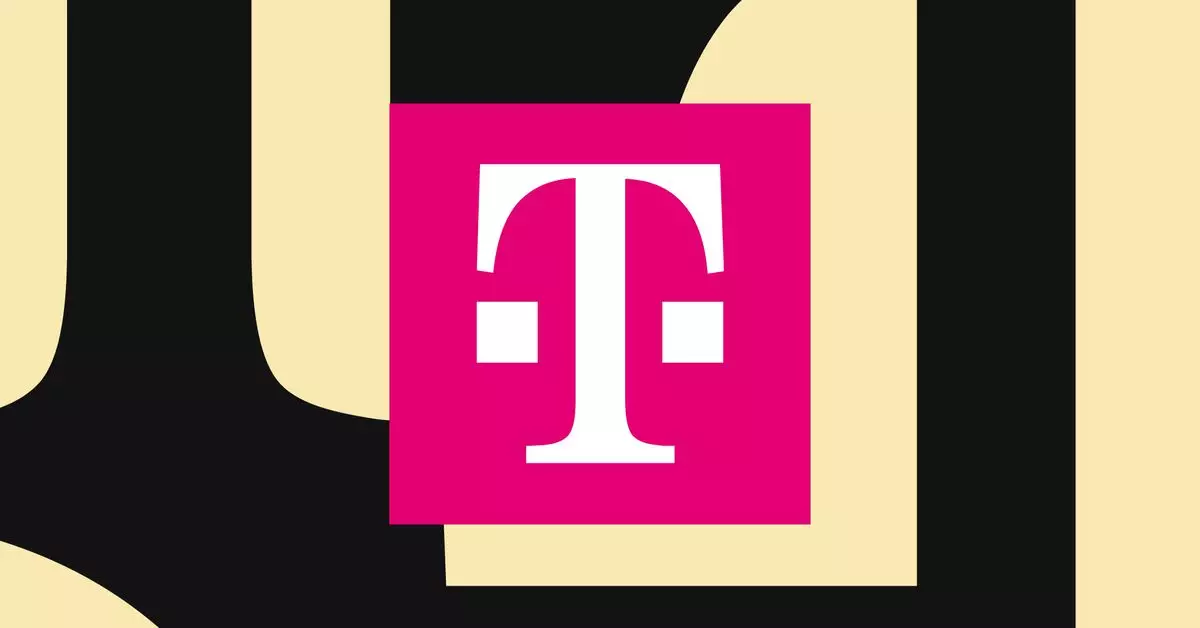In response to the devastating effects of Hurricane Helene, the Federal Communications Commission (FCC) has granted temporary authorization for SpaceX and T-Mobile’s direct-to-cell service utilizing Starlink satellites. This novel initiative aims to provide crucial communication support in regions hard-hit by the hurricane, primarily North Carolina, where the overwhelming damage has resulted in significant communication breakdowns. The immediate focus has been the transmission of emergency alerts across various networks, a lifeline in the wake of widespread infrastructure damage.
Restoring Connectivity Post-Disaster
The impact of Hurricane Helene has left extensive areas of North Carolina in a state of isolation, characterized by “blackout zones” where typical cellular services have failed. Following the FCC’s green light, the Starlink satellites have become operational in these crisis-stricken regions, starting with emergency alerts to cellular devices. By broadening the communication capabilities in such dire conditions, SpaceX and T-Mobile are not only facilitating critical exchanges of information but also enhancing public safety during emergencies.
While operational, these services are still experimental, relying on limited satellite deployment. Users can expect mobile connectivity on a “best-effort” basis. This means that while efforts will be made to restore some functionality, complete service cannot be guaranteed. The testing phase for SMS capabilities within the T-Mobile network is also underway. Such a system could be revolutionary not only for organizing disaster response but also as a model for future emergency communications.
This collaboration represents a significant advancement in satellite technology aimed at addressing connectivity challenges often exacerbated during natural disasters. Satellite communications traditionally face criticism for their latency and bandwidth limitations; however, in situations where terrestrial systems fail, they become an invaluable asset. The initiative by SpaceX and T-Mobile may set a precedent for how satellite technology can be harnessed in emergencies.
Nevertheless, the push for this technology has not been without controversy. Major telecom players like AT&T and Verizon have expressed concerns about potential signal interference from these satellites, leading to tensions with the FCC and among service providers. The challenge lies in ensuring that new technologies do not disrupt existing networks while also providing the necessary resilience in times of crisis.
As technology continues to evolve, the ability to deliver reliable communications during emergencies will be essential. This temporary arrangement between SpaceX and T-Mobile highlights a broader conversation about the future of communication systems, particularly in vulnerable regions prone to disaster. Combining satellite capabilities with terrestrial networks could be a key strategy in overcoming geographical barriers and enhancing resilience against natural calamities.
Ultimately, as the deployment of this direct-to-cell service unfolds, it will be crucial to assess its effectiveness and scalability. As both a bridge for immediate relief and a forward-looking model for future innovations in the telecom landscape, this initiative could reshape how we approach communication in times of crisis, ensuring that no one is left without a connection when it matters most.

